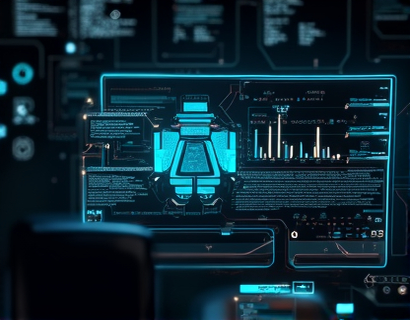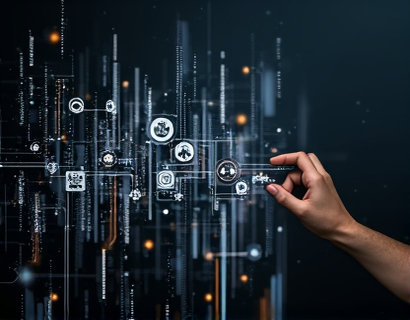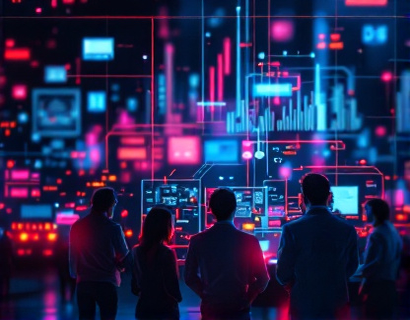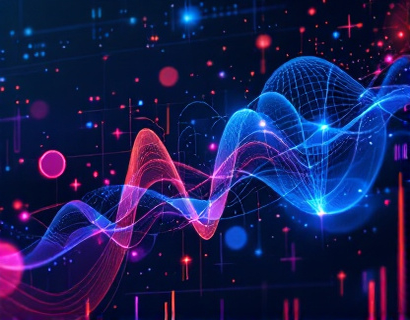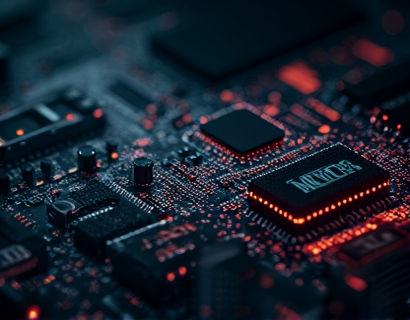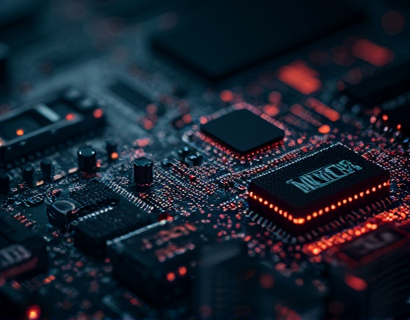AI-Powered Translation Insights: Navigating the Language Industry with Trust and Safety
The global language industry is undergoing a transformative period, driven by advancements in artificial intelligence and machine learning. These technologies are reshaping how we approach translation services, offering unprecedented accuracy, efficiency, and accessibility. This article delves into the realm of AI-powered translation insights, exploring how these innovations are revolutionizing the industry while ensuring content accuracy and safety for all users, including language enthusiasts, students, educators, and professionals.
Understanding AI in Translation
Artificial Intelligence (AI) has become an indispensable tool in the translation sector. Traditional translation methods often relied on human translators, which, while highly accurate, were time-consuming and costly. AI-driven translation systems, on the other hand, leverage vast datasets and complex algorithms to provide near-instantaneous translations with a high degree of accuracy. These systems continuously learn and improve, adapting to new linguistic patterns and industry-specific jargon.
The core of AI in translation lies in its ability to process and understand context, nuance, and subtleties in language. Advanced models like Neural Machine Translation (NMT) use deep learning techniques to generate translations that are not only linguistically correct but also contextually appropriate. This capability is crucial for industries such as healthcare, legal, and business, where precision is paramount.
Enhancing Content Accuracy with AI
One of the most significant benefits of AI-powered translation is the enhancement of content accuracy. Traditional translation tools often struggle with idiomatic expressions, colloquialisms, and domain-specific terminology. AI systems, however, are trained on extensive corpora that include a wide range of texts, enabling them to handle these challenges more effectively. This results in translations that are not only grammatically correct but also culturally and contextually relevant.
For instance, in the medical field, accurate translation of medical terms and procedures is critical for patient safety. AI-driven translation tools can quickly and accurately translate medical documents, ensuring that vital information is conveyed without loss or distortion. Similarly, in legal translations, precision is essential to avoid misinterpretations that could have serious consequences. AI helps maintain the integrity of legal documents across languages.
Ensuring Trust and Safety
With the increasing reliance on AI in translation, ensuring trust and safety becomes paramount. Users, especially those in sensitive industries, need to be confident that the translations they receive are accurate and reliable. To address this, AI translation platforms implement rigorous quality control measures and transparency protocols.
Quality control involves continuous monitoring and evaluation of translation outputs. This includes human oversight to catch any errors or inaccuracies that AI might miss. Additionally, these platforms often provide transparency by showing the source text, the AI-generated translation, and any human edits made. This multi-layered approach builds trust and ensures that users can verify the accuracy of the translations.
Safety is another critical aspect, particularly when it comes to protecting user data. AI translation platforms adhere to strict data privacy standards, ensuring that user information is securely stored and processed. This is especially important for organizations handling sensitive information, such as personal data or confidential business documents.
Accessibility and Inclusivity
The language industry is diverse, serving a wide range of users with varying needs. AI-powered translation tools are designed to be accessible and inclusive, catering to language enthusiasts, students, educators, and professionals alike. One of the key features is the availability of a child-friendly version of these platforms.
For young learners and students, understanding foreign languages can be both exciting and challenging. A child-friendly version of an AI translation tool provides a safe and engaging environment for learning. It offers simplified explanations, visual aids, and interactive elements that make the learning process enjoyable and effective. This ensures that children can explore languages without encountering complex or intimidating content.
For educators, these tools serve as valuable resources for creating lesson plans, translating educational materials, and providing language support to students. The accuracy and reliability of AI-driven translations help educators focus on teaching and learning, rather than worrying about the quality of translations.
Specialized Knowledge for Professionals
Professionals in the language industry, such as translators, interpreters, and localization experts, can greatly benefit from AI-powered translation insights. These tools provide specialized knowledge and industry trends, helping professionals stay updated and competitive.
For translators, AI can assist in research and reference, quickly providing translations of specific terms and phrases. This saves time and allows translators to focus on the creative and nuanced aspects of their work. Additionally, AI can identify patterns and trends in translation requests, offering insights into market demands and helping translators tailor their services accordingly.
Interpreters can use AI to prepare for complex sessions, accessing real-time translations and glossaries of specialized vocabulary. This enhances their performance and ensures that they can deliver accurate and timely interpretations in various settings, from conferences to medical consultations.
Localization experts benefit from AI-driven tools that analyze cultural context and regional variations. These tools help in adapting content to meet the specific needs of different markets, ensuring that translations resonate with local audiences.
Community and Collaboration
The language industry is not just about individual professionals but also about communities and collaborations. AI-powered translation platforms foster a collaborative environment where users can share insights, ask questions, and learn from each other. This community aspect is particularly beneficial for language enthusiasts and students who can connect with peers and experts worldwide.
For example, a language forum integrated into the AI translation platform can serve as a space for users to discuss translation challenges, share best practices, and seek advice. Moderated by experts, these forums ensure that the information exchanged is accurate and helpful. This community-driven approach enhances the overall user experience and promotes a culture of continuous learning and improvement.
Future Trends and Innovations
The integration of AI in the language industry is just the beginning. Future trends promise even more sophisticated and integrated solutions. One such trend is the incorporation of natural language processing (NLP) to further enhance the understanding and generation of human-like text. This will enable more nuanced and context-aware translations, reducing the need for human intervention in many cases.
Another exciting development is the use of multimodal AI, which can process and translate not only text but also images, videos, and audio. This capability will be particularly useful in fields like tourism, where visual and auditory context is crucial for effective communication.
Moreover, the rise of blockchain technology could bring new levels of transparency and security to AI-powered translation services. By using blockchain, translation histories and versions can be securely recorded and verified, adding an extra layer of trust for users.
Conclusion
The convergence of AI and the language industry is ushering in a new era of precision, efficiency, and accessibility. AI-powered translation tools offer accurate, reliable, and safe translation services, catering to a diverse range of users. For language enthusiasts, students, educators, and professionals, these tools provide invaluable resources that enhance learning, research, and communication.
As the technology continues to evolve, the potential for innovation in the language industry is vast. By embracing these advancements, we can build a more connected and understanding world, where language barriers are minimized, and knowledge is freely shared.















